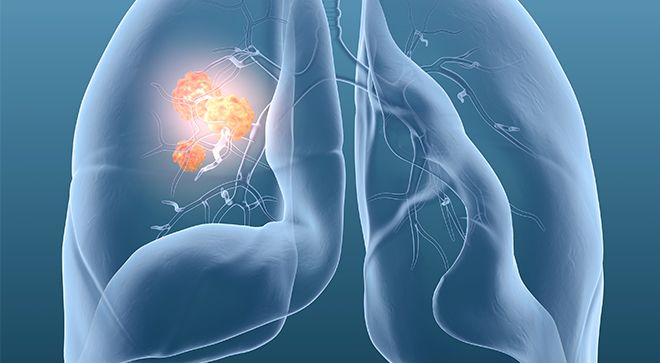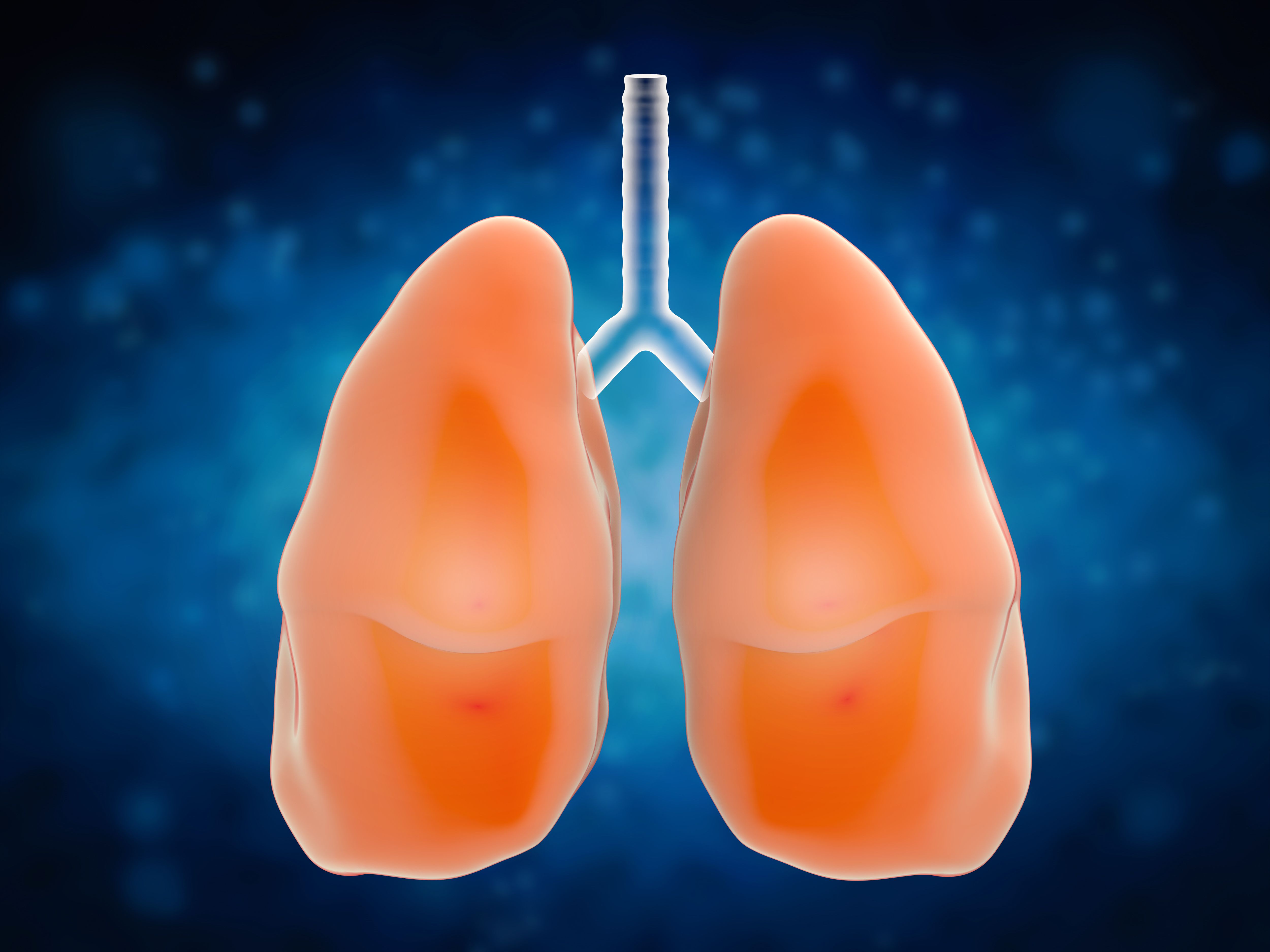Article
Stage 4 Lung Cancer Survival Rate
Author(s):
Affecting all races and genders equally, this indiscriminate beast takes loved ones at a terrifying rate By Kathryn E. Vinson, MS, CCRC From the time

From the time we enter kindergarten, our teachers and a great many of our parents have taught us about the dangers of smoking – be it cigarettes, pipes, or cigars. Not only is smoking the number one risk factor for the development of lung cancer, but it is also implicated in numerous other conditions such as chronic bronchitis, emphysema, and COPD. The US Surgeon General first warned about these dangers over fifty years ago in 1964, and we have seen a tremendous drop in this habit. It has taken these many decades to finally see drops in both smoking habits and lung cancer rates among both genders. Despite the decline, many more women live with lung cancer than men. But what about the diagnosis at the latest stage – stage 4? Let’s take some time today to talk about stage 4 lung cancer, its survival rate, and new research into treatments for advanced lung cancers.
What is stage 4 lung cancer?
The staging for lung cancers can be very confusing, with each stage having up to three different substages. Stage 4 lung cancer is divided into stage 4A and stage 4B. But to simplify it, stage 4 lung cancer is any type of lung cancer (for more information on the different types, please see Stage 4 Lung Cancer Treatment) that has spread beyond the lung with the original (primary) tumor and regional lymph nodes to other the other lung, other organs, or distant lymph nodes. Other areas of spread are the fluids surrounding the lungs and the fluid surrounding the heart. It is important to note that other types of cancers, such as breast cancer or lymphomas, that have spread to the lungs are not lung cancer and will be treated according to the guidelines for that primary cancer.
What is the survival rate for stage 4 lung cancer?
The survival rates for stage 4 lung cancer are terrifyingly low. The five-year survival rates for non-small cell lung cancer (the most prevalent type) is only 6%, while the rate for small cell lung cancer is a horrifying 3%. Despite these incredibly low numbers, we should point out that five-year survival rates are based upon people that were diagnosed at a minimum of five years ago. In the space of a single year, not to mention five years, treatments for various cancer types can be revolutionized, meaning that the rate from five years ago, may not reflect what is happening with today’s treatments.
Current research into advanced lung cancers
As the old saying goes, an ounce of prevention is worth a pound of cure. This may be no truer than in the world of cancer and cancer treatments. The best way to prevent advanced cancers is to catch it at its earliest stages.
For those people that have smoked routinely, or been around smokers at length, doctors recommend up to yearly screenings for lung cancer using CT scans. Although these scans are great at identifying tumors, there are many concerns out there about repeated exposure to radiation with multiple scans. Just last year, doctors at Massachusetts General Hospital (or more commonly known as Mass Gen – especially if you are a “Grey’s Anatomy” fan), have honed in on markers that are present in both the blood and tumors of people with non-small cell lung cancer (NSCLC) – the most common type of lung cancer. This type of lung cancer represents up to 80-85% of all lung cancers and hits smokers and non-smokers alike. These tests could help doctors determine not only if a patient has cancer, but also how aggressive that person’s cancer may be, and help them decide the most appropriate treatments.
Just think – a possible blood test that could identify certain lung cancers at their earliest stages – that could help patients from ever developing late-stage cancer. It is truly an amazing time in which we live.
As always, much love, many prayers, and abundant blessings to all of the warriors out there!!





